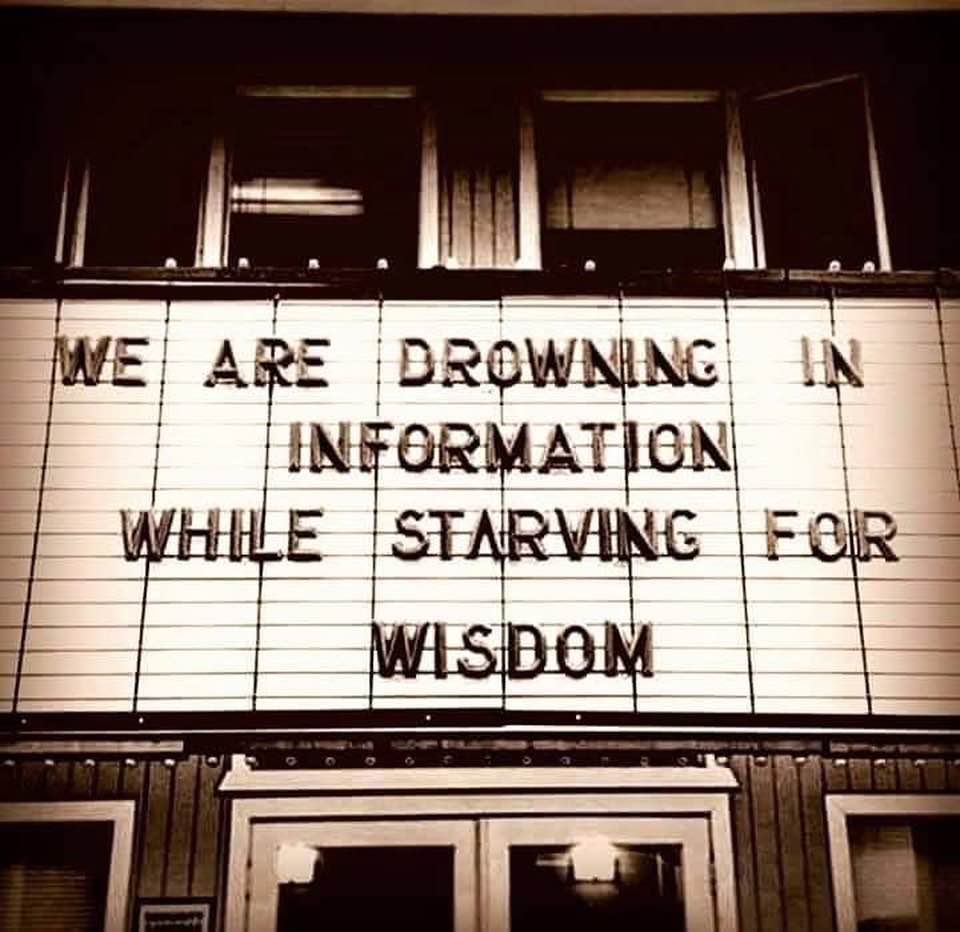Blog
David Warren Brubeck (December 6, 1920 – December 5, 2012) was an American jazz pianist and composer. Often regarded as a foremost exponent of cool jazz, Brubeck’s work is characterized by unusual time signatures and superimposing contrasting rhythms, meters, tonalities, and combining different styles and genres, like classic, jazz, and blues.
Born in Concord, California, Brubeck was drafted into the US Army, but was spared from combat service when a Red Cross show he had played at became a hit. Within the US Army, Brubeck formed one of the first racially diverse bands. In 1951, he formed the Dave Brubeck Quartet, which kept its name despite shifting personnel. The most successful—and prolific—lineup of the quartet was the one between 1958 and 1968. This lineup, in addition to Brubeck, featured saxophonist Paul Desmond, bassist Eugene Wright and drummer Joe Morello. A U.S. Department of State-sponsored tour in 1958 featuring the band inspired several of Brubeck’s subsequent albums, most notably the 1959 album Time Out. Despite its esoteric theme and contrarian time signatures, Time Out became Brubeck’s highest-selling album, and the first jazz album to sell over one million copies. The lead single from the album, “Take Five“, a tune written by Desmond in 54 time, similarly became the highest-selling jazz single of all time. The quartet followed up Time Out with four other albums in non-standard time signatures, and some of the other songs from this series became hits as well, including “Blue Rondo à la Turk” (in 98) and “Unsquare Dance” (in 74). Brubeck continued releasing music until his death in 2012.
Brubeck’s style ranged from refined to bombastic, reflecting both his mother’s classical training and his own improvisational skills. He expressed elements of atonality and fugue. Brubeck, with Desmond, used elements of West Coast jazz near the height of its popularity, combining them with the unorthodox time signatures seen in Time Out. Like many of his contemporaries, Brubeck played into the style of the French composer Darius Milhaud, especially his earlier works, including “Serenade Suite” and “Playland-At-The-Beach”. Brubeck’s fusion of classical music and jazz would come to be known as “third stream“, although Brubeck’s use of third stream would predate the coining of the term. John Fordham of The Guardiancommented: “Brubeck’s real achievement was to blend European compositional ideas, very demanding rhythmic structures, jazz song-forms and improvisation in expressive and accessible ways.”
Brubeck was the recipient of several music awards and honors throughout his lifetime. In 1996, Brubeck received a Grammy Lifetime Achievement Award. In 2008, Brubeck was inducted into the California Hall of Fame, and a year later, he was given an honorary Doctor of Music degree from Berklee College of Music. Brubeck’s 1959 album Time Out was added to the Library of Congress‘ National Recording Registry in 2005. Noted as “one of Jazz’s first pop stars” by the Los Angeles Times, Brubeck rejected his fame, and felt uncomfortable with Time magazine featuring him on the cover before Duke Ellington.
more...Arp 273 is a pair of interacting galaxies, 300 million light years away in the constellation Andromeda. It was first described in the Atlas of Peculiar Galaxies, compiled by Halton Arp in 1966. The larger of the spiral galaxies, known as UGC 1810, is about five times more massive than the smaller galaxy. It has a disc that is tidally distorted into a rose-like shape by the gravitational pull of the companion galaxy below it, known as UGC 1813. The smaller galaxy shows distinct signs of active star formation at its nucleus,and “it is thought that the smaller galaxy has actually passed through the larger one.
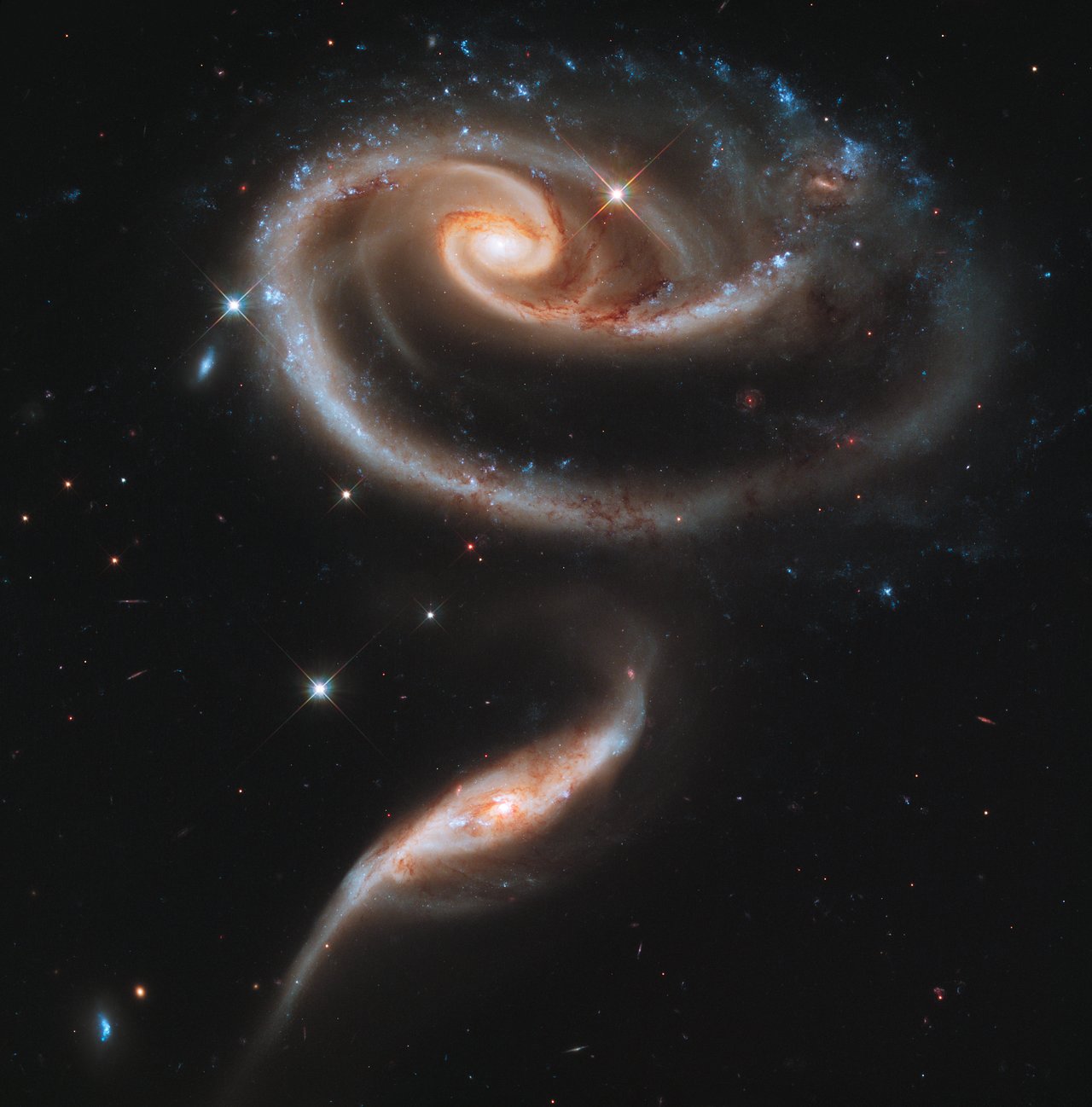
José Monje Cruz (5 December 1950 – 2 July 1992), better known by his stage name
He was born in San Fernando, Cádiz, Spain, into a Spanish Romani family, the seventh of eight children. His mother was Juana Cruz Castro, a “Canastera”, literally a basket weaver, and meaning from a wandering Roma family, and whose gift of singing was a strong early influence.
His father, Juan Luis Monje, was also a singer as well as a blacksmith, and had a forge where Camarón worked as a boy. His uncle José nicknamed him Camarón (Spanish for “Shrimp”) because he was blonde and fair skinned.
When his father died of asthma, while still very young, the family went through financial hardship. At the age of eight he began to sing at inns and bus stops with Rancapino to earn money. At sixteen, he won first prize at the Festival del Cante Jondo in Mairena del Alcor. Camarón then went to Madrid with Miguel de los Reyes and in 1968 became a resident artist at the Tablao Torres Bermejas, where he remained for twelve years.
, was a Spanish Romani flamenco singer. Considered one of the all-time greatest flamenco singers, he was noted for his collaborations with Paco de Lucía and Tomatito, and the three of them were of major importance to the revival of flamenco in the second half of the 20th century.
more...Richard Wayne Penniman (December 5, 1932 – May 9, 2020), known professionally as Little Richard, was an American singer, pianist, and songwriter. He was an influential figure in popular music and culture for seven decades. Described as the “Architect of Rock and Roll“, Richard’s most celebrated work dates from the mid-1950s, when his charismatic showmanship and dynamic music, characterized by frenetic piano playing, pounding backbeat and powerful raspy vocals, laid the foundation for rock and roll. Richard’s innovative emotive vocalizations and uptempo rhythmic music played a key role in the formation of other popular music genres, including soul and funk. He influenced singers and musicians across musical genres from rock to hip hop; his music helped shape rhythm and blues for generations.
“Tutti Frutti” (1955), one of Richard’s signature songs, became an instant hit, crossing over to the pop charts in the United States and the United Kingdom. His next hit single, “Long Tall Sally” (1956), hit No. 1 on the Billboard Rhythm and Blues Best-Sellers chart, followed by a rapid succession of fifteen more in less than three years. In 1962, after a five-year period during which Richard abandoned rock and roll music for born-again Christianity, concert promoter Don Arden persuaded him to tour Europe. During this time, the Beatles opened for Richard on some tour dates.
Richard is cited as one of the first crossover black artists, reaching audiences of all races. His music and concerts broke the color line, drawing black and white people together despite attempts to sustain segregation. Many of his contemporaries, including Elvis Presley, Buddy Holly, Bill Haley, Jerry Lee Lewis, the Everly Brothers, Gene Vincent, Pat Boone, and Eddie Cochran, recorded covers of his works.
Richard was honored by many institutions. He was inducted into the Rock and Roll Hall of Fame as part of its first group of inductees in 1986. He was also inducted into the Songwriters Hall of Fame. He was the recipient of Lifetime Achievement Awards from The Recording Academy and the Rhythm and Blues Foundation. In 2015, Richard received a Rhapsody & Rhythm Award from the National Museum of African American Music. “Tutti Frutti” was included in the National Recording Registry of the Library of Congress in 2010, which stated that his “unique vocalizing over the irresistible beat announced a new era in music”.
more...Alex or Aleck Miller (originally Ford, possibly December 5, 1912 – May 24, 1965 Greenwood, MS), known later in his career as Sonny Boy Williamson, was an American blues harmonica player, singer and songwriter. He was an early and influential blues harp stylist who recorded successfully in the 1950s and 1960s. Miller used various names, including Rice Miller and Little Boy Blue, before calling himself Sonny Boy Williamson, which was also the name of a popular Chicago blues singer and harmonica player. To distinguish the two, Miller has been referred to as Sonny Boy Williamson II.
He first recorded with Elmore James on “Dust My Broom“. Some of his popular songs include “Don’t Start Me Talkin’“, “Help Me“, “Checkin’ Up on My Baby“, and “Bring It On Home“. He toured Europe with the American Folk Blues Festival and recorded with English rock musicians, including the Yardbirds and Animals. “Help Me” became a blues standard, and many blues and rock artists have recorded his songs.
more...Francesco Scarlatti (5 December 1666 – c.1741) was an Italian Baroque composer and musician and the younger brother of the better known Alessandro Scarlatti.
Francesco was ever to live under the shadow of his better known relatives, Alessandro Scarlatti (his elder brother) and his nephew, Domenico. However, Francesco himself was an accomplished musician and held a number of appointments.
more...Egberto Amin Gismonti (born 5 December 1947) is a Brazilian composer, guitarist and pianist. Gismonti is a self-taught guitarist. After returning to Brazil, he designed guitars with more than six strings, expanding the possibilities of the instrument. Approaching the fretboard as if it were a keyboard, Gismonti gives the impression that there is more than a single guitar player. Gismonti’s sojourn in the Xingu region of the Amazon basin made a lasting impression. This is documented musically in tunes such as “Yualapeti” and “Sapain” (Yualapeti shaman, Sapain) and in the recordings Dança das Cabeças (“Dance of the Heads”, 1977), Sol do Meio-Dia (“Noon Sun”, 1978), which he dedicated to the Xingu, and Duas Vozes(“Two Voices”, 1984).
more...MAROONS had an exciting event today at Episcopal Homes in St Paul with a warm, energetic and good size audience. Special thanx to Jane Matteson and support from Will Hutchinson. Photos by Gerry Francis! Thank You Gerry! Irie vibes seen?
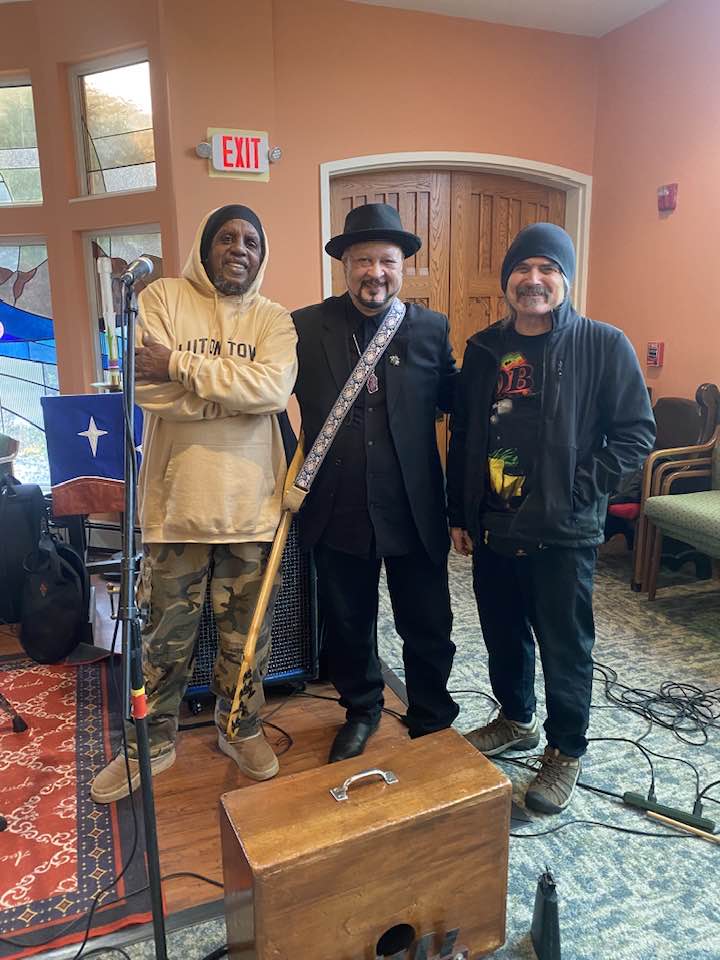
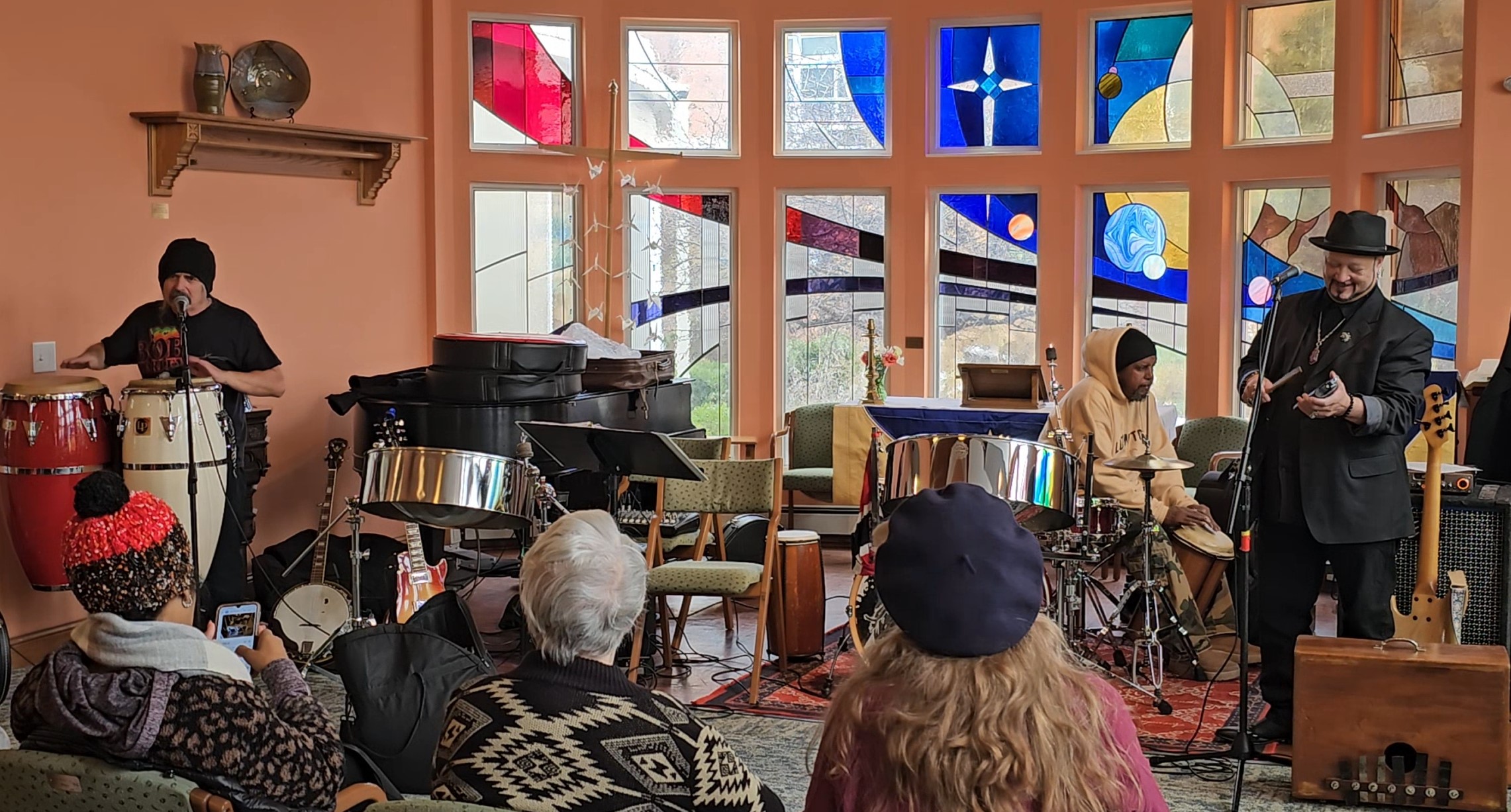
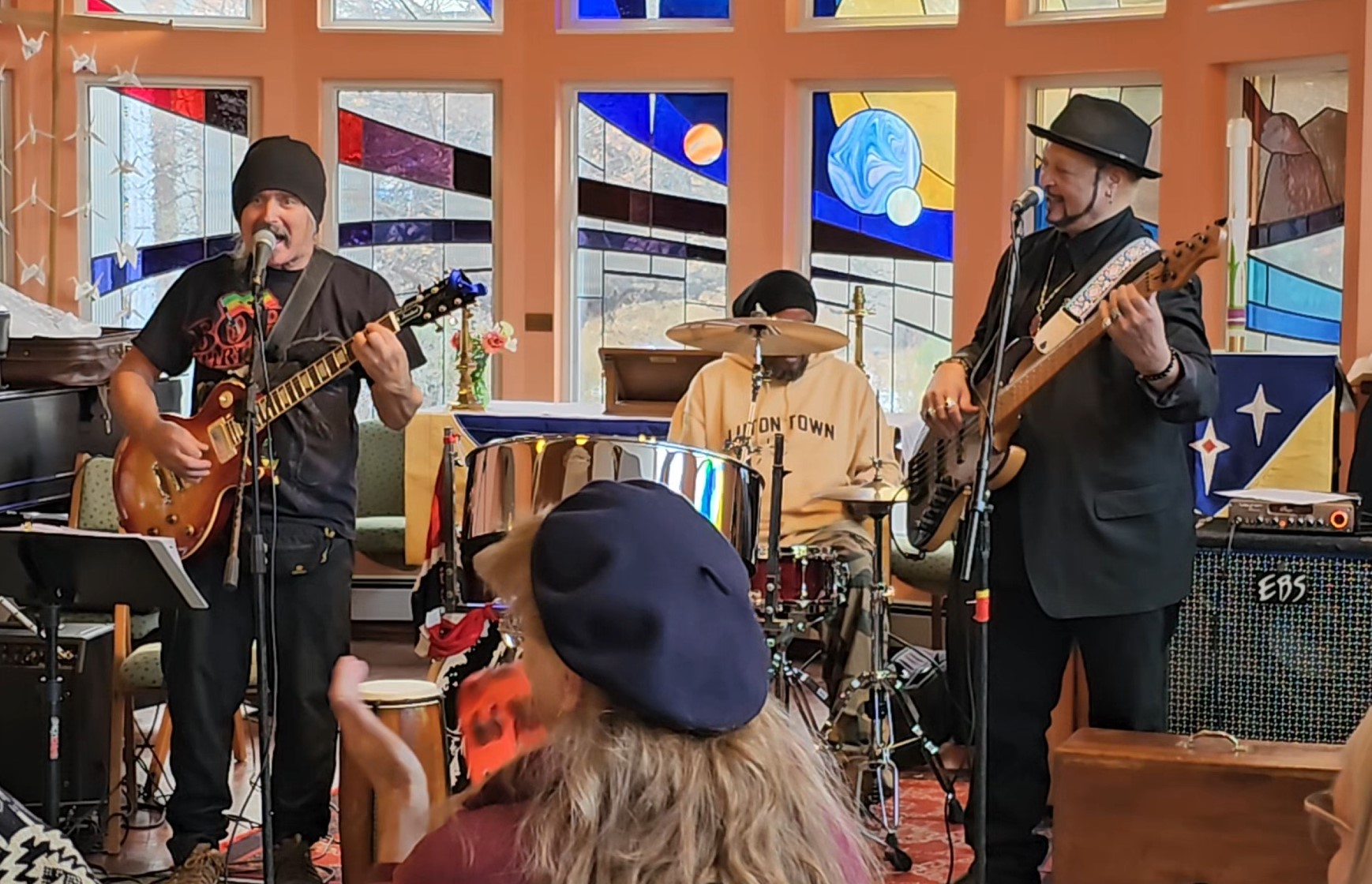
Christopher Hillman (born December 4, 1944) is an American musician. He was the original bassist of the Byrds. With frequent collaborator Gram Parsons, Hillman was a key figure in the development of country rock, defining the genre through his work with the Byrds, the Flying Burrito Brothers, Manassas and the country-rock group the Desert Rose Band. He was inducted into the Rock and Roll Hall of Fame in 1991 as a member of the Byrds.
more...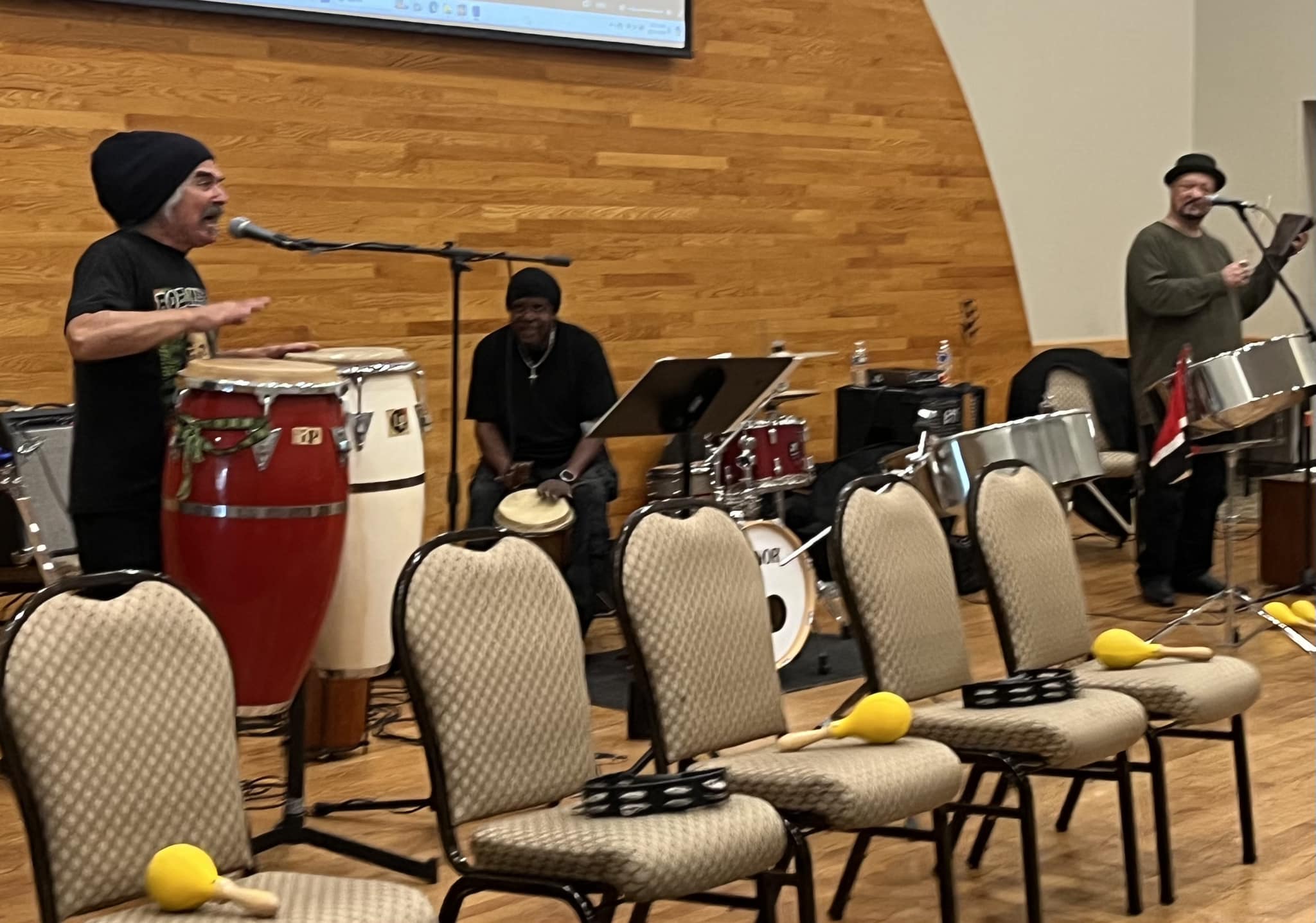
more...
Sh2-174 is a very faint but very large planetary nebula.
Located in the constellation of Cepheus and very close to the polar star.
It was discovered in the 1960s, and cataloged as a planetary nebula in the 1990s.
In the image we can see the Hydrogen zone and the other Oxygen zone very close together, but both take different directions.
Distance from Earth about 1000 light years and one of the closest planetary nebulae to Earth, with a magnitude of 14.75. ADAM BLOCK.
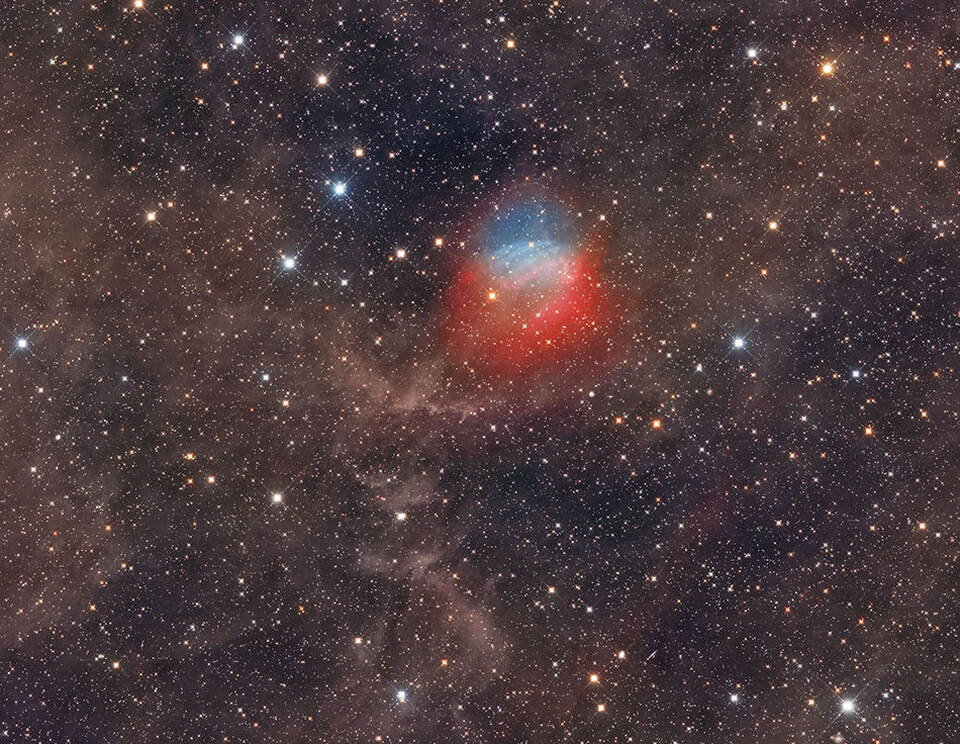
Dennis Carl Wilson (December 4, 1944 – December 28, 1983) was an American musician who co-founded the Beach Boys. He was their drummer and the middle brother of bandmates Brian and Carl Wilson. Dennis was the only true surfer in the Beach Boys, and his personal life exemplified the “California Myth” that the band’s early songs often celebrated. He was also known for his association with the Manson Familyand for co-starring in the 1971 film Two-Lane Blacktop.
Wilson served mainly on drums and baritone backing vocals for the Beach Boys. His playing can be heard on many of the group’s hits, belying the popular misconception that he was always replaced on record by studio musicians. He originally had few lead vocals on the band’s songs due to his limited baritone range, but his prominence as a singer-songwriter increased following their 1968 album Friends. His music is characterized for reflecting his “edginess” and “little of his happy charm.” His original songs for the group included “Little Bird” (1968), “Forever” (1970) and “Cuddle Up” (1972). Friends and biographers have asserted that he was an uncredited writer on “You Are So Beautiful“, a 1974 hit for Joe Cocker frequently performed by Wilson in concert.
During his final years, Wilson struggled with alcoholism and the use of other drugs (including cocaine and heroin), exacerbating longstanding tensions with some of his bandmates. His solo album, Pacific Ocean Blue (1977), was released to warm reviews and moderate sales comparable to those of contemporaneous Beach Boys albums.Sessions for a follow-up, Bambu, disintegrated before his death from drowning in 1983 at age 39. In 1988, he was posthumously inducted into the Rock and Roll Hall of Fameas a member of the Beach Boys.
more...More Posts
- Betty Carter
- World Music Ali Farka Touré & Oumou Sangaré
- Daily Roots Lee Perry & The Upsetters
- Two Dogs
- Cosmos eMACS J1823.1+7822
- Oscar Castro-Neves
- Brian Eno
- Ellis Larkin
- World Music Manwa Sisters
- Daily Roots The Crystalites
- The Defeat of Jesse James Musical
- Happy Mothers Day 2023
- Cosmos M51
- Vic Flick
- Jack Bruce
- Zutty Singleton
- World Music Prince Nico
- Daily Roots Sizzla
- The Defeat of Jesse James Musical
- Cosmos Sh2-274

